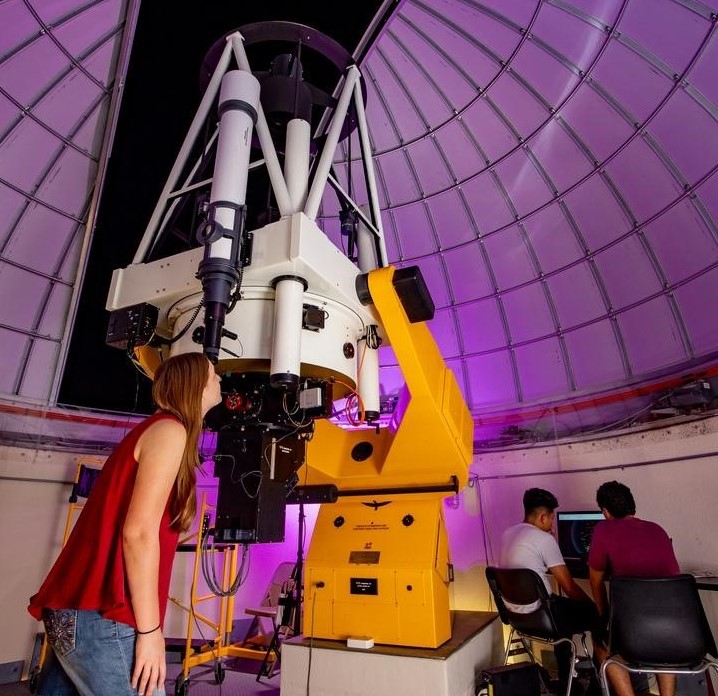Document Type
Article
Publication Title
The Astrophysical Journal
Abstract
We report on the analysis of the Kepler short-cadence (SC) light curve of V344 Lyr obtained during 2009 June 20 through 2010 March 19 (Q2-Q4). The system is an SU UMa star showing dwarf nova (DN) outbursts and superoutbursts, and promises to be a touchstone for CV studies for the foreseeable future. The system displays both positive and negative superhumps with periods of 2.20 and 2.06 hr, respectively, and we identify an orbital period of 2.11 hr. The positive superhumps have a maximum amplitude of ~0.25 mag, the negative superhumps have a maximum amplitude of ~0.8 mag, and the orbital period at quiescence has an amplitude of ~0.025 mag. The quality of the Kepler data is such that we can test vigorously the models for accretion disk dynamics that have been emerging in the past several years. The SC data for V344 Lyr are consistent with the model that two physical sources yield positive superhumps: early in the superoutburst, the superhump signal is generated by viscous dissipation within the periodically flexing disk, but late in the superoutburst, the signal is generated as the accretion stream bright spot sweeps around the rim of the non-axisymmetric disk. The disk superhumps are roughly anti-phased with the stream/late superhumps. The V344 Lyr data also reveal negative superhumps arising from accretion onto a tilted disk precessing in the retrograde direction and suggest that negative superhumps may appear during the decline of DN outbursts. The period of negative superhumps has a positive P in between outbursts.
DOI
10.1088/0004-637X/741/2/105
Publication Date
11-10-2011
Recommended Citation
Wood, Matt A.; Still, Martin D.; Howell, Steve B.; Cannizzo, John K.; and Smale, Alan P., "V344 Lyrae: A Touchstone Su UMa Cataclysmic Variable In The Kepler Field" (2011). Aerospace, Physics, and Space Science Faculty Publications. 270.
https://repository.fit.edu/apss_faculty/270


